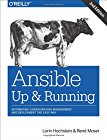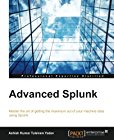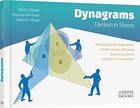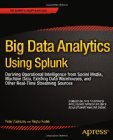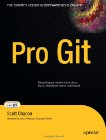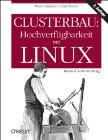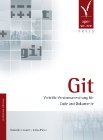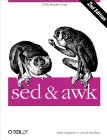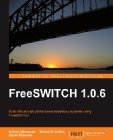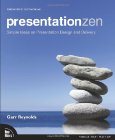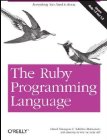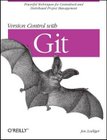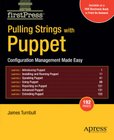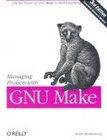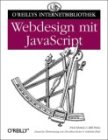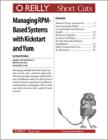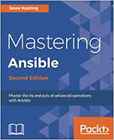
Once, when I picked up a book from the local library, the librarian asked to tell her what I thought about the book when I would bring it back. Well, why not write a few lines about all the books I read so everybody could see what I thought about it? I'm often also happy to have friends recommend a certain book or tell me this and that is not really worth reading. I won't comment about the tons of books I have read so far, but about books I read from now on.
| highly recommended | sehr empfohlen | |
| good reading | gutes lesematerial | |
| average | durchschnittlich | |
| not too interesting | nicht allzu interessant | |
| recommended not to read it | empfehlung das buch nicht zu lesen |



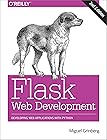















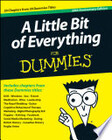






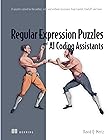















































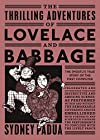



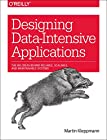



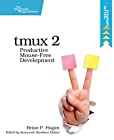
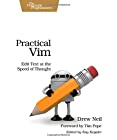









































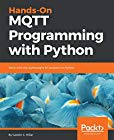























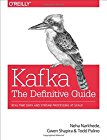



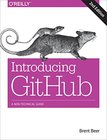




 |
|
|---|---|
| title | Mastering Ansible - Second Edition |
| author | Jesse Keating |
| ISBN-10 | 1-787-12568-8 |
| ISBN-13 | 978-1-787-12568-1 |
| ASIN | |
| rating | |
| date | 2018-Jan-20 |
You are new to ansible and want to learn how to use it? Sorry, wrong book. But if you do have some experience with ansible already, know what the inventory is, what roles are, how to use modules, how to find which modules you need for a certain task and want to dig deeper, then this might well be for you.
This book definitely does not teach the basics, the reader is expected to already have acquired that knowledge. Rather than what, it explains how ansible does things and along the way explains how to use its more advanced features. Things like dynamic inventories, adding hosts at runtime, execution strategies, protecting sensitive information, conditionals, loops, macros and filters in Jinja2 templates, error recovery and failure handling, dynamic variable inclusion, troubleshooting, etc. For certain topics, the author not only shows how to use the feature, but also where and how to add your own custom functionality by building small and easy extensions to ansible.
For everything an example is given, showing the actual configuration/code used and what the output is. Almost all of the examples are done with the debug module, thus not actually running anything on remote hosts. Still, the author succeeds in bringing his point across, maybe even more easily than by using other modules, because this way you can concentrate on understanding the mechanics of what was done, without needing to think too much about what (would have) happened on the remote host.
If you want to learn from scratch how to use ansible, then get another book. If know the basics and want to understand more of how it works and how to use more dynamic and advanced features give it a go. The things I liked most: the chapter on Jinja2 templates, the samples on how to easily extend the functionality of ansible and the author staying strictly focussed on the topic.





